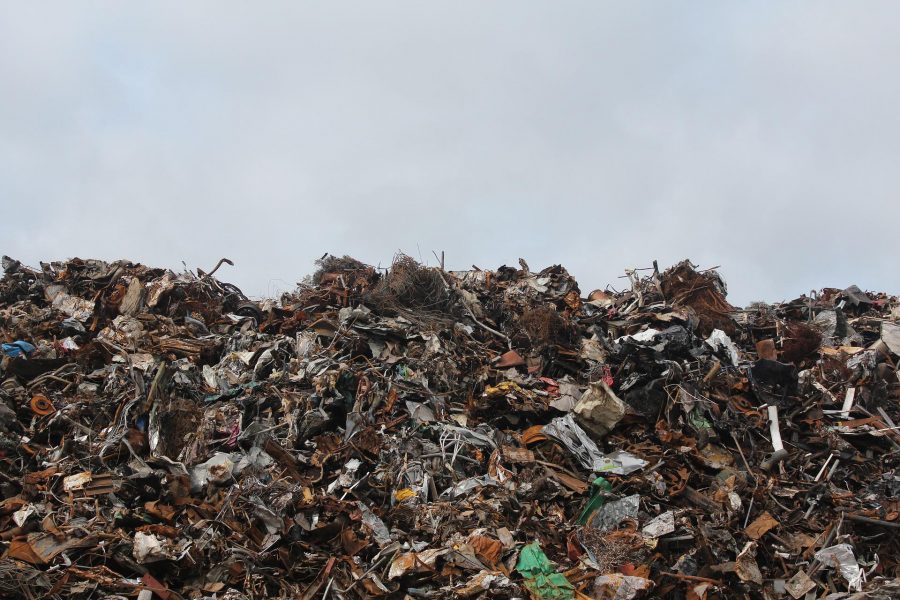Californians are almost uniformly careful to place their used consumer goods and packaging in the correct bins for the environment’s sake. Recycling is a Golden State way of life, and to some not far from being a religion. Let’s call this micro-recycling, and despite its popularity, it is purely garbage, as John Tierney so helpfully detailed more than 25 years ago in the New York Times Magazine.
However, there is a used-up-to-useful process that works. Let’s call it macro-recycling, and it’s the only recycling that governments and the private sector should encourage.
The Puente Hills Regional Park, about a dozen miles east of downtown Los Angeles, shows how the process of macro-recycling works. The planned 142-acre space is being reclaimed from the 1,365-acre Puente Hills Landfill, which closed in 2013. At one time it was the second-largest pile of trash in the country, a mountain of refuse that reached 500 feet high, according to at least one account. When completed, it will be the first regional park that Los Angeles County has built in 30 years.
The Los Angeles Times reports that the first phase of construction, beginning in 2025, will produce a bike skills course, a place for children to play, picnic grounds, stair climbs, open fields and parking. There will also be a grassland section to “host performances, kite flying, concerts and other events.” Eventually the park is expected to also include “horse, bike and running trails, a dog park, bike park, ecology visitor center, slides situated throughout the hills and areas for food trucks.”
All this from a garbage heap.
While it might sound unconventional, turning masses of rubbish into usable land is not unique. In “Reign of Recycling,” his 2015 follow-up to his original article, Tierney, now a City Journal contributing editor, pointed out that both the Freshkills Park on Staten Island, and the Queens facility where the U.S. Open tennis tournament is played, were both built on top of landfills. The Corona Ash Dump under the Billie Jean King National Tennis Center never even had “the linings and other environmental safeguards required today,” says Tierney, yet is still safe for human activity. (Oddly, the tournament has bragged that so much of its trash is diverted away from landfills that it qualifies as a zero-waste event.)
The Freshkills Park Alliance lists a number of other public spaces that were once landfills, including the 90-acre Cesar Chavez Park in Berkeley, whose “open grassy hills are a popular destination for kite flying.” California is also home to the South Coast Botanic Garden in the Palos Verdes peninsula, “one of the world’s first botanical gardens to be developed over a sanitary landfill.”
But as it’s been said before, the old city dumps aren’t what they used to be. The Environmental Protection Agency says modern landfills are “well-engineered,” “designed to protect the environment from contaminants,” regularly monitored, and “must meet stringent design, operation and closure requirements.” Because of these safeguards, the land isn’t spoiled for future use.
The macro-recycling of landfills only highlights just how useless, even counterproductive, that micro-recycling campaigns and rules, and zero-waste efforts are. Rather than condemn them as malignancies, we should look at landfills as promising business opportunities, not merely receptacles of garbage, but future parks, sports facilities, and sources of energy. (At least 80 California landfills already generate electricity.) It’s the sort of innovation that this state, which has developed a reputation as an eco-nag eager to enact another ban or mandate, should be known for.
Kerry Jackson is a fellow with the Center for California Reform at the Pacific Research Institute.


